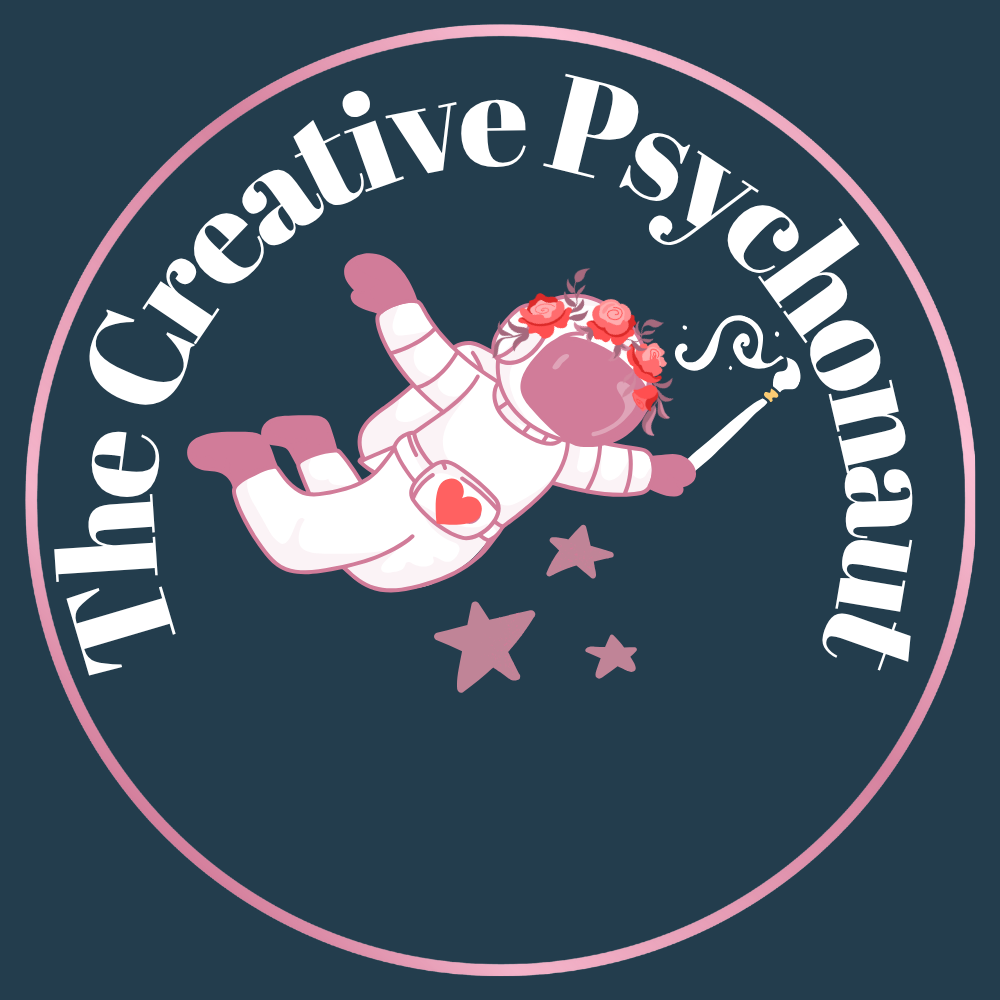This Is Your Brain on Art: The Neuroscience of Creative Integration After Psychedelics
You come back from a journey with your soul stretched, your heart cracked open, and a thousand images dancing behind your eyes. But what do you do with all of it?
You could talk. You could journal.
But your nervous system might be craving something deeper —something visual, emotional, and embodied.
That’s where art comes in.
And neuroscience confirms what seekers, shamans, and artists have always known:
Art rewires the brain. It helps us heal. It helps us remember.
The Brain on Psychedelics: A Quick Recap
Psychedelics like psilocybin and ayahuasca temporarily decrease activity in the brain’s default mode network (DMN)—the part associated with ego, rumination, and narrative identity. This allows for:
Greater emotional access
Increased neuroplasticity
Heightened sensory and symbolic awareness
(Carhart-Harris et al., 2012)
During this “open state,” people often experience intense visual imagery, emotional breakthroughs, and symbolic downloads. But afterward, as the brain re-stabilizes, the challenge becomes this:
How do I keep what I saw?
How do I live what I felt?
The Brain on Art: Integration Through Creation
Here’s where art becomes a neural bridge between insight and embodiment.
According to a 2019 study published in Frontiers in Psychology, engaging in expressive art activates both hemispheres of the brain and increases connectivity between the prefrontal cortex and the limbic system—boosting emotional regulation, memory encoding, and creative problem-solving.
Even more fascinating? A 2020 review in The American Journal of Art Therapy confirmed that visual art-making promotes neuroplasticity—the very same quality psychedelics enhance.
So when you make art after a psychedelic experience, you're not just reflecting—you're helping your brain integrate, consolidate, and encode what you experienced.
Why Art Is Especially Effective for Psychedelic Integration
Psychedelic journeys are:
Nonlinear
Nonverbal
Rich in symbolism
Highly emotional
Often difficult to explain
Sound familiar? That’s also a perfect description of art therapy.
Where traditional talk therapy may struggle to hold the complexity of a visionary experience, art provides the perfect format: open-ended, multi-sensory, and layered with personal meaning.
As trauma-informed art therapist Cathy Malchiodi puts it:
“Images speak the language of the unconscious. They help the body remember and the soul make sense.”
Integration Is Neurobiological (and Beautiful)
Integration isn’t just spiritual—it’s physical.
Every time you make art after your journey, you’re not just expressing—you’re encoding new pathways of awareness, resilience, and insight.
Art anchors the psychedelic experience in the nervous system, in the body, in the now.
Want More?
If you’re ready to take the next step in your integration, I’ve created a free 7-day Art-Based Integration Guide filled with neuroscience-backed tools like this one.
Or join our Art + Integration Circle where we use expressive arts to stay connected to the wisdom of the journey—in community.

